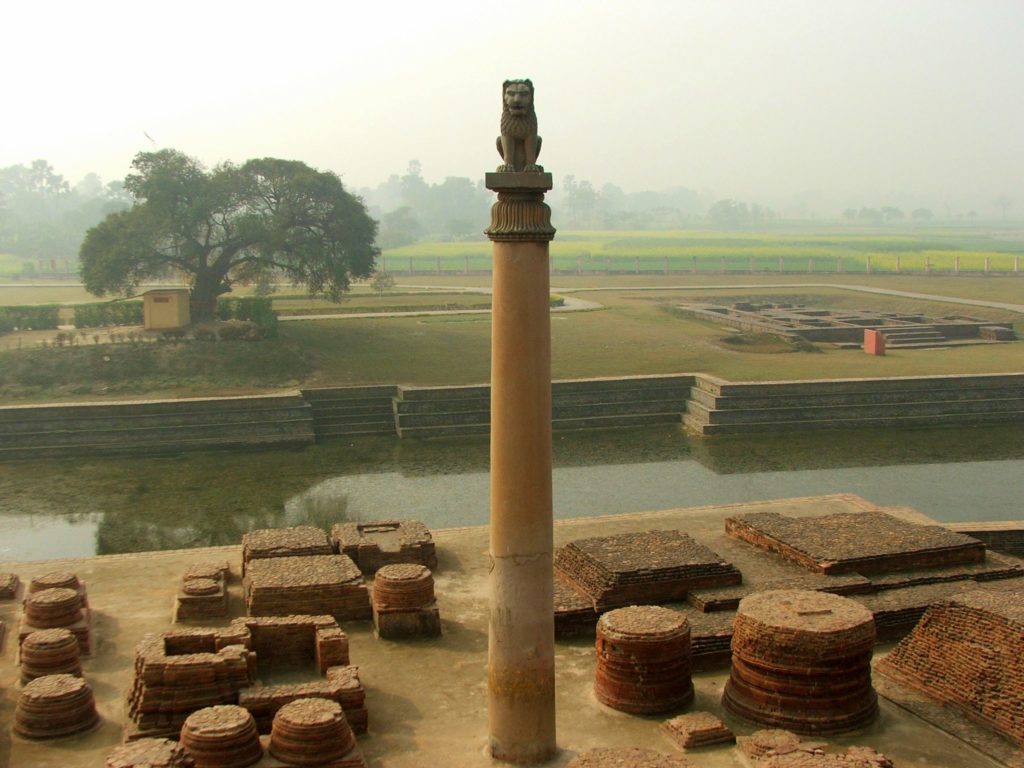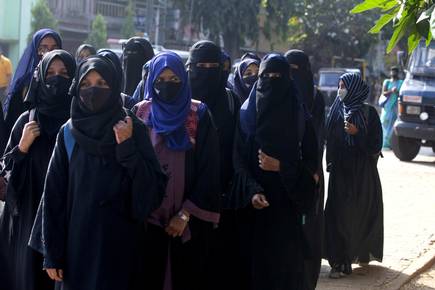Colleges and universities across the US are moving to ban caste discrimination:
Another time, Pariyar brought up his experiences with caste discrimination during a classroom discussion about the trauma of racism and sexism. Some South Asian students in the class, he said, reacted as though caste discrimination was completely foreign to them. He felt they were effectively gaslighting him. And when he tried to organize a conference on issues of caste, Pariyar said he got little support from other South Asians.
The story starts out with the experiences of a Dalit from Nepal who seems to have immigrated to the US. Many of the instances of caste discrimination in the US seem to be from fellow Nepali immigrants. It is possible that immigrants from Nepal bring some caste attitudes? Obviously. But when you switch to the context of talking about caste with Indian Americans born or raised in the US, they may actually honestly not understand much what it means. The piece is flattening the experience of a recent immigrant with Indian Americans, and this flattening and conflation is what’s going to happen if caste becomes a protected class more broadly.
Later on in the piece:
The opponents, who included alumni, professors and community members, argued that discussions about caste unnecessarily divided South Asians and that caste discrimination no longer existed. They claimed that caste was a construct of British colonialism, even though it had existed for millennia, and insisted that the resolution would instead provoke hate against Hindus on campus.
Krystal Raynes, a student at Cal State Bakersfield who currently serves as a CSU student trustee, wasn’t familiar with caste and caste-based discrimination before that meeting. But the language and line of reasoning she heard that day rang familiar.
“It reminded me so much of the discrimination happening against Black people in America,” she said. “Black students being gaslighted, [being told] your experience isn’t discrimination, your experience isn’t oppression.”
There are a few issues here. Indians quite often engage in what we’ll call “denialism” about caste and how it shapes Indian society. When you go around claiming caste was a construct of British colonialism, and discrimination no longer exists, you’ll seem crazy to people. Even though the reality is that in the US making caste a protected class cause huge problems, obfuscating or whitewashing the reality of caste in India does not help your argument in America.
Second, Americans are really just reinterpreting caste in the context of black-white relationships in this country. It’s not about India, it’s about America, and some Indian Americans (the founder of Equality Labs) are engaging in “cultural arbitrage” to to provide a “product” that American administrators can “consume.”







